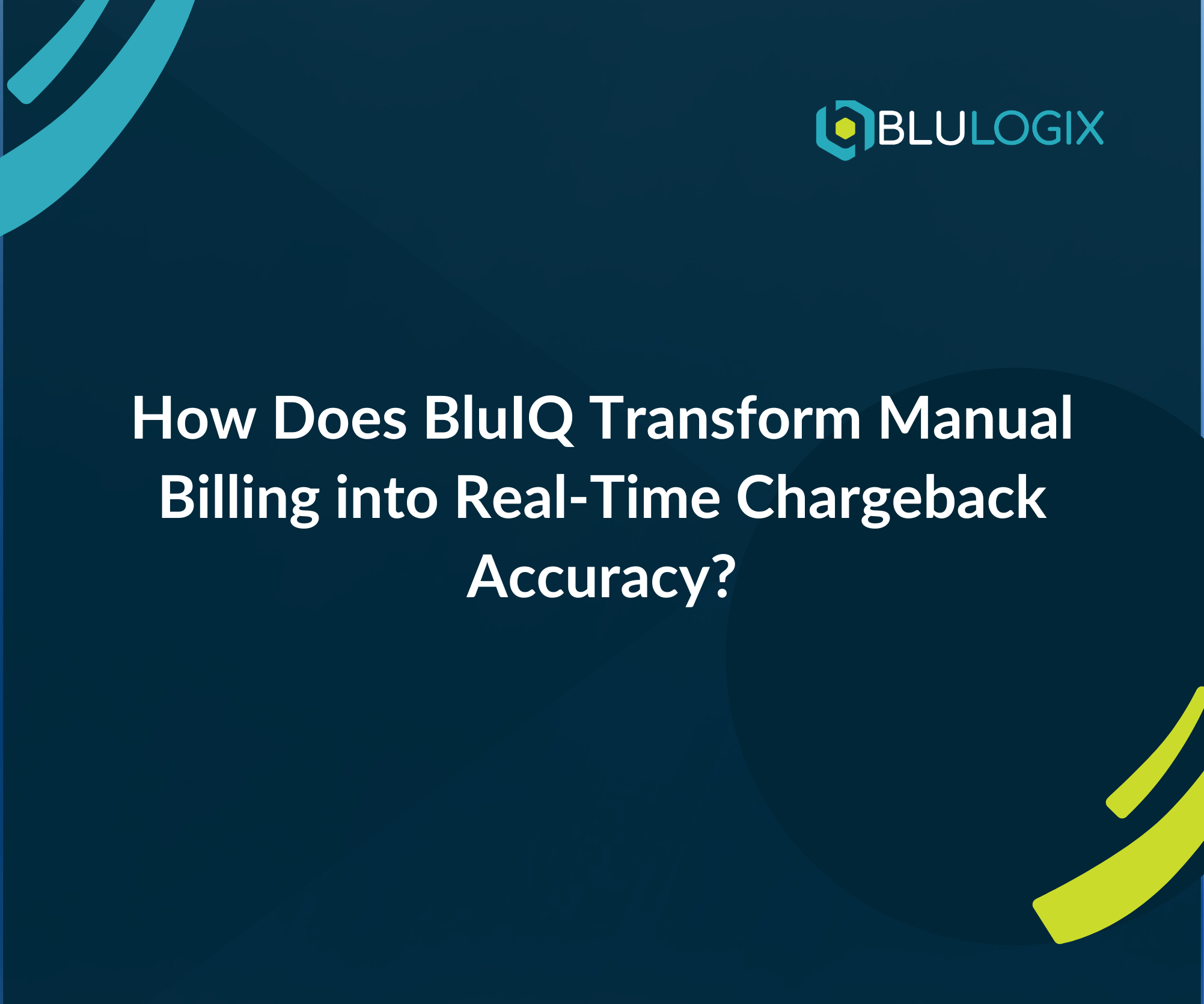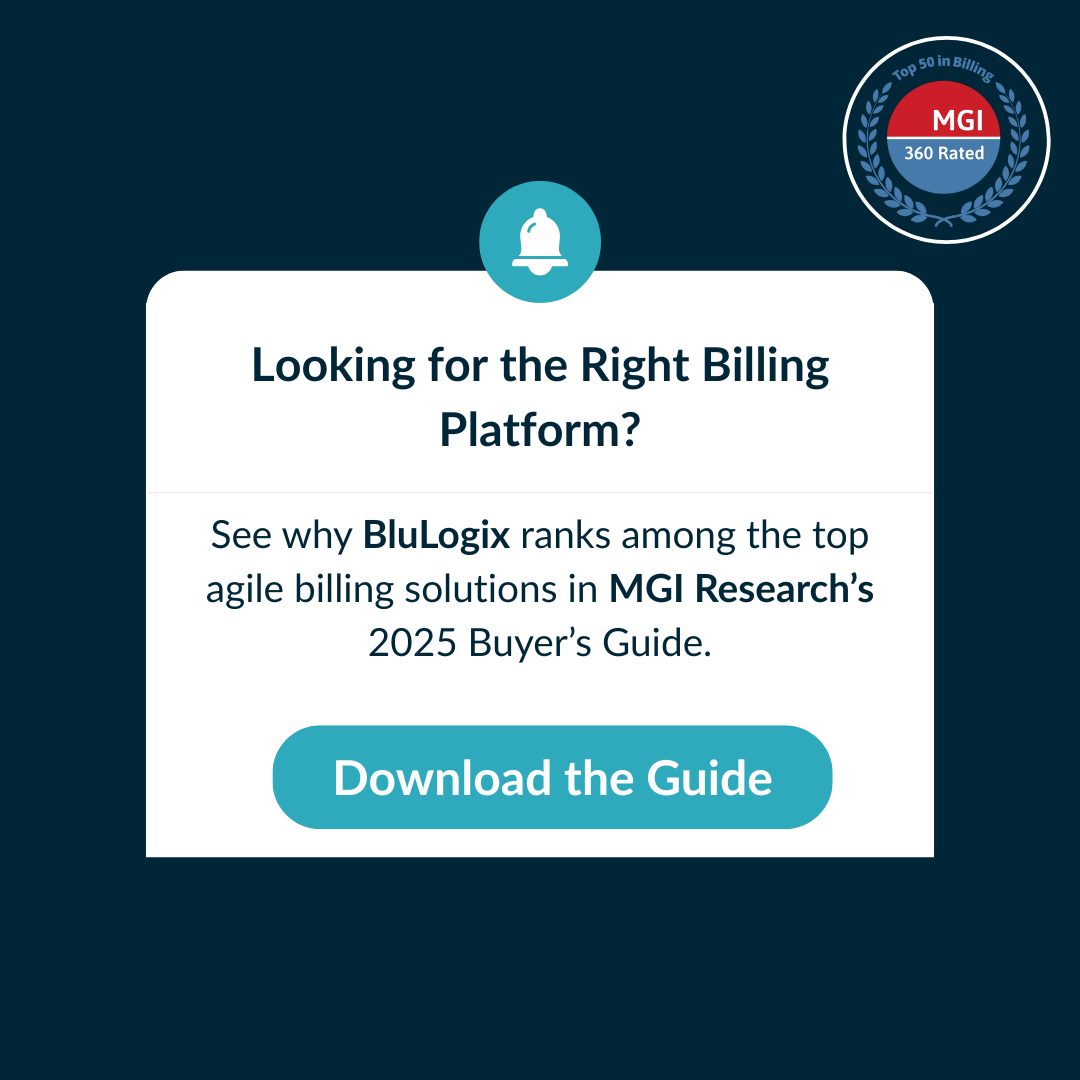What Strategies Can Help Your Business Keep Up with Market Trends in SaaS Pricing and Subscription Models?
Grow your Business with Consumption-Based Pricing
In our last post, we discussed overcoming challenges in implementing and managing complex pricing structures. In this final update to the series, we will explore the importance of keeping up with market trends in SaaS pricing and subscription models. We will discuss the need to adapt pricing strategies to changing customer demands, the importance of continuous monitoring, analysis, and optimization of pricing approaches, and conclude with a summary of the key insights gained throughout this series.
Adapting Pricing Strategies to Changing Customer Demands:
The SaaS industry is constantly evolving, driven by changing customer demands and market dynamics. To stay competitive, it is crucial to adapt your pricing strategies. Consider the following practices:
Customer Research and Feedback: Conduct regular customer research and gather feedback to understand their evolving needs and preferences. Use this information to refine and adjust your pricing models to align with customer expectations.
Competitive Analysis: Keep a close eye on your competitors’ pricing strategies. Monitor their pricing models, packaging options, and value propositions. Identify opportunities to differentiate your offering and provide unique value to customers.
Market Segmentation: Segment your customer base based on their unique needs, preferences, and willingness to pay. Develop pricing strategies tailored to each segment, ensuring that you deliver maximum value and meet their specific requirements.
Continuous Monitoring, Analysis, and Optimization of Pricing Approaches:
To ensure the effectiveness of your pricing strategies, it is essential to continuously monitor, analyze, and optimize them. Consider the following approaches:
Usage Analytics: Leverage data analytics tools to gain insights into customer usage patterns, identify trends, and optimize your pricing models accordingly. Monitor key usage metrics to understand how customers are deriving value from your product.
Pricing Experiments: Conduct controlled pricing experiments to test different pricing structures, tiers, and features. Analyze the results and measure the impact on customer acquisition, retention, and revenue to inform your pricing optimization efforts.
Pricing Analytics: Implement pricing analytics to track and evaluate the performance of your pricing strategies. Measure metrics such as customer lifetime value, customer acquisition cost, and revenue growth to identify areas for improvement and optimization.
Accelerating Growth through Subscription and Usage-Based Pricing:
Throughout this book, we have explored the various aspects of subscription and usage-based pricing strategies for accelerating growth in your SaaS business. We discussed the power of recurring revenue models, different subscription pricing models, leveraging usage-based pricing for growth, tailoring pricing plans to customer needs, implementing subscription management systems, monetizing usage-based metrics, effective communication of pricing changes, innovating pricing models, overcoming challenges, and staying updated with market trends.
By implementing effective subscription and usage-based pricing strategies, you can drive customer acquisition, enhance customer retention, and maximize revenue growth. It is essential to continuously adapt your pricing strategies to meet changing customer demands, optimize your approaches through data-driven analysis, and monitor market trends to stay ahead of the competition.
Remember, pricing is not a one-time endeavor but an ongoing process that requires continuous evaluation, refinement, and alignment with your business goals and customer expectations. By embracing the power of subscription and usage-based pricing, you can unlock new opportunities for growth and success in the dynamic SaaS industry.
Final Thoughts
Congratulations! You have reached the end of our series on Subscription and Usage-Based Pricing Strategies, where we have explored the power of pricing as a growth accelerator in the SaaS industry. Throughout the posts, we have discussed various concepts, strategies, and case studies to help you understand the importance of pricing and how it can drive your SaaS business forward.
Pricing is not merely a transactional aspect of your business; it is a strategic lever that can have a significant impact on your revenue, customer acquisition, retention, and overall business success. By adopting subscription and usage-based pricing models, you unlock the potential for recurring revenue streams, align your pricing with customer value, and create sustainable growth opportunities.
As you conclude this series, remember that pricing strategies require continuous evaluation and optimization. What works today may not work tomorrow, as market dynamics evolve, customer expectations change, and new trends emerge. Stay curious, remain customer-centric, and be open to experimentation and adaptation.
Grow your Business with Consumption-Based Pricing
Learn more

How AI and Predictive Analytics Are Transforming Revenue Processes for Finance Teams

How Can Public Sector Organizations Turn Chargeback into Strategic Cost Recovery?



